Diacetone-D-Glucose CAS 582-52-5 Assay >99.0% (HPLC) Factory
Shanghai Ruifu Chemical Co., Ltd. is the leading manufacturer of Diacetone-D-Glucose (CAS: 582-52-5) with high quality. Ruifu Chemical has 15 years experience in carbohydrate chemistry. Our R&D center is located in Shanghai and has two factories in China. Ruifu Chemical can provide worldwide delivery, competitive price, excellent service, small and bulk quantities available. Purchase Diacetone-D-Glucose, Please contact: alvin@ruifuchem.com
| Chemical Name | Diacetone-D-Glucose |
| Synonyms | 1,2:5,6-Di-O-Isopropylidene-α-D-Glucofuranose; 1,2:5,6-Diisopropylidene-D-Glucose; D-Glucose Diacetonide; Diacetoneglucose; Diacetone-alpha-D-Glucose; 1,2:5,6-Di-O-Isopropylidene-alpha-D-Glucofuranose; |
| Stock Status | In Stock, Commercial Production |
| CAS Number | 582-52-5 |
| Molecular Formula | C12H20O6 |
| Molecular Weight | 260.29 g/mol |
| Melting Point | 107.0~113.0℃ |
| Store Under Inert Gas | Store Under Inert Gas |
| Sensitive | Hygroscopic |
| Solubility in Hot Water | Very Faint Turbidity |
| COA & MSDS | Available |
| Origin of Product | Shanghai, China |
| Product Categories |
Carbohydrates Sugars; Pharmaceutical Intermediates |
| Brand | Ruifu Chemical |
| Items | Specifications | Results |
| Appearance | White Crystalline Powder | White Crystalline Powder |
| Specific Rotation | -17.0° ~ -19.0° (C=2, H2O) | -17.7° |
| Melting Point | 107.0~113.0℃ | 108.3℃ |
| Loss on Drying | <1.00% | 0.21% |
| Residue on Ignition | <0.10% | 0.07% |
| TLC Analysis | One Spot | One Spot |
| Heavy Metals (Pb) | <10ppm | <10ppm |
| Assay / Analysis Method | >99.0% (HPLC) | 99.5% |
| Infrared Spectrum | Consistent with Structure | Complies |
| Conclusion | The product has been tested and complies with the given specifications | |
Package: Bottle, Aluminium foil bag, 10kg/25kg/Cardboard Drum, or according to customer's requirement.
Storage Condition: Keep the container tightly closed; store in a cool, dry (2~8℃) and well-ventilated warehouse. Keep away from sunshine; avoid fire and heat sources; avoid moisture. Store away from oxidizing agents.
Shipping: Deliver to worldwide by air, by FedEx / DHL Express. Provide fast and reliable delivery.
1 Range
This standard specifies the requirements, test methods, inspection rules and marking, packaging, transportation, storage requirements of Diacetone-D-Glucose (CAS: 582-52-5).
This standard applies to Diacetone-D-Glucose for industrial use.
2 Standardization of reference documents
The terms in the following documents become terms of this Standard by reference to this Standard. All subsequent amendments (excluding errata) or revisions to dated citations are not applicable to this Standard; however, parties to an agreement under this Standard are encouraged to explore the use of the most recent version of these documents. For undated references, the latest version of the document applies to this standard.
GB12589 chemical reagent Ethyl acetate
TS2121-001 chromatography pure reagent tetrahydrofuran
Appendix to the second part of the current edition of Pharmacopoeia of the People's Republic of China
State General Administration of Quality Supervision, Inspection and Quarantine (2005) Decree No. 75 "Measures for the Supervision and Administration of Quantitative Packaging Commodities Measurement"
JJF1070-2005 Rules for Measurement and Inspection of Net Content of Quantitative Packaged Goods
3 Requirements
3.1 Appearance
The appearance of this product is white crystalline powder.
3.2 The quality of Diacetone-D-Glucose shall meet the technical requirements shown in Table 1.
Table 1 Technical requirements
Item Specifications
Melting point, ℃ 107.0~113.0
Assay (HPLC), % ≥99.0
Determination by thin layer chromatography Single spot
Specific rotation, [α]20D (C=2, H2O) -17.0~-19.0°
Heavy metals, ppm ≤10.0
Loss on drying, % ≤1.0
Residue on ignition, % ≤0.10
4 Test methods
The reagents used in this standard are pure reagents for analysis and pure reagents for chromatography, and the water is distilled water or water of equivalent purity; The instruments are general laboratory analytical instruments.
4.1 Determination of melting point
Determination according to Appendix VI C of Part II of Pharmacopoeia of the People's Republic of China.
4.2 Determination of content: High performance liquid chromatography (HPLC)
4.2.1 Reagents and instruments
4.2.1.1 Tetrahydrofuran: HPLC grade;
4.2.1.2 Microsyringe: 25μL;
4.2.1.3 Volumetric bottle: 10mL;
4.2.1.4 Column: Styryl-Diethylbenzene copolymer gel permeation, TSK-GEL G2000 (TOSOH) or epuivalent
4.2.2 Chromatographic conditions
4.2.2.1 Mobile phase: HPLC grade tetrahydrofuran;
4.2.2.2 Column temperature: 38℃;
4.2.2.3 Detector Temperature: 38 ° C;
4.2.2.4 Flow rate: 0.5ml/min;
4.2.2.5 Detector: RI
4.2.2.6 Sample Size: 10μL
4.2.3 Chromatographic analysis
4.2.3.1 Sample preparation: Accurately weigh 0.2g sample into a 10ml volumetric bottle. Dissolve and dilute tetrahydrofuran to scale, mix well, and filter with 0.45um micron filter membrane.
4.2.3.2 Procedure: 10ul sample is injected into pre-stabilized HPLC. Chromatography was recorded for about 30 minutes. The result is the percentage content of the sample.
4.3 Determination by thin layer chromatography
4.3.1 Method summary
The samples were separated on 0.25mm silica gel G thin layer plate with ethyl acetate as developing agent and mulberry pigment as developing agent. After spraying, single spots appeared under 365nm UV lamp.
4.3.2 Reagents
4.3.2.1 Ethyl acetate
4.3.2.2 Mulberry pigment solution: Dissolve 50mg mulberry pigment and 100ml methanol.
4.3.3 Analysis Procedure
Take about 0.5g sample, weigh it accurately, place it in a 10ml bottle, dissolve it with ethyl acetate and dilute it to scale, shake well. According to thin-layer chromatography (Appendix V B of Part II of the Chinese Pharmacopoeia) test, the above solution was absorbed 20μl and placed on the silica gel G thin layer plate with ethyl acetate as the developing agent. After unfolding, the solution was taken out, dried, heated at 100℃ for 30 minutes, cooled, sprayed with the developing agent mulberry pigment, and a single spot appeared under 365nm ultraviolet lamp.
4.4 Measurement of specific rotation
4.4.1 Analysis Procedure
The 2.0g sample was accurately weighed and dissolved in water, and the volume was fixed to 100ml. With water as a blank, the rotatory power was determined by a poltometer at 20℃.
4.4.2 Calculation of results
Specific rotation = a/LC
Where:
a————— the rotation read on the polarimeter
L————— Length of sample tube, dm
C————— Sample concentration, g/mL
4.5 Determination of heavy metals
Determination according to Appendix Ⅷ H of Part II of Pharmacopoeia of the People's Republic of China.
4.6 Loss on drying measurement
According to the "People's Republic of China Pharmacopoeia" Part II Appendix Ⅷ L determination.
4.7 Residue on ignition
Determination according to Appendix Ⅷ N of Part II of Pharmacopoeia of the People's Republic of China.
5 Inspection Rules
5.1 Sampling method: Each batch of extraction, unpackaged products can be sampled in the center and edge parts of the upper, middle and lower layers of the product, has been packaged
The product shall be carried out in accordance with the provisions of GB/T2828.1, in batches, with an independent package as one piece, and the number of samples shall be measured according to the following table.
Table 2
Lot number 1~2 3~15 16~25 26~90 91~150 More than 151
Sample number average sample 3 3 5 8 13
The packaged product uses a sampling tool to reach into the upper, middle and lower parts of the package to take an equal amount of samples. After sampling, mix thoroughly according to the quarter method diagonally or with a splitter. In the end, the sample is divided into 200-400g, which is fully mixed and divided diagonally according to the quarter method, and evenly divided into two parts, one part is tested according to the provisions of this standard, and the other part is kept for reference.
5.2 If there is one or more unqualified physical and chemical indicators, the sample should be doubled in the same batch of products to inspect the unqualified items. If there is still one nonconformity after the reinspection, the product is judged to be nonconforming.
5.3 During the shelf life period, when both parties have objections to product quality, they can negotiate together or ask the statutory supervision and inspection institution to conduct arbitration inspection and judgment.
6 Marking, packaging, transportation, storage
6.1 Marks
This product label should indicate the product name, production date (batch number), gross net weight, shelf life, standard number, factory name and address.
6.2 Packaging
This product is packed in 10kg/ box or according to customer's requirements, the box is lined with plastic bags.
6.3 Transportation
This product must be lightly unloaded during transportation, to prevent the sun and rain, and away from heat sources, shall not be mixed with flammable and explosive, toxic and harmful substances.
6.4 Storage
This product storage warehouse should be kept clean, sanitary, cool and dry air, circulation.
The shelf life of this product is 1 year under the condition of complete packaging, unopened and storage as required.
How to Purchase? Please contact Dr. Alvin Huang: sales@ruifuchem.com or alvin@ruifuchem.com
15 Years Experience? We have more than 15 years of experience in the manufacture and export of a wide range of high quality pharmaceutical intermediates or fine chemicals.
Main Markets? Sell to domestic market, North America, Europe, India, Korea, Japanese, Australia, etc.
Advantages? Superior quality, affordable price, professional services and technical support, fast delivery.
Quality Assurance? Strict quality control system. Professional equipment for analysis include NMR, LC-MS, GC, HPLC, ICP-MS, UV, IR, OR, K.F, ROI, LOD, MP, Clarity, Solubility, Microbial limit test, etc.
Samples? Most products provide free samples for quality evaluation, shipping cost should be paid by customers.
Factory Audit? Factory audit welcome. Please make an appointment in advance.
MOQ? No MOQ. Small order is acceptable.
Delivery Time? If within stock, three days delivery guaranteed.
Transportation? By Express (FedEx, DHL), by Air, by Sea.
Documents? After sales service: COA, MOA, ROS, MSDS, etc. can be provided.
Custom Synthesis? Can provide custom synthesis services to best fit your research needs.
Payment Terms? Proforma invoice will be sent first after confirmation of order, enclosed our bank information. Payment by T/T (Telex Transfer), PayPal, Western Union, etc.
Hazard Symbols Xi - Irritant
Risk Codes 36/37/38 - Irritating to eyes, respiratory system and skin.
Safety Description S24/25 - Avoid contact with skin and eyes.
S36/37 - Wear suitable protective clothing and gloves.
S26 - In case of contact with eyes, rinse immediately with plenty of water and seek medical advice.
WGK Germany 2
RTECS LZ4958000
FLUKA BRAND F CODES 3-10
TSCA Yes
HS Code 2940009090
Diacetone-D-Glucose (CAS: 582-52-5), carbohydrates, sugars, carbohydrates & derivatives. Diacetone-D-Glucose is a partially protected D-glucose sugar locked in the furanose form with isopropylidene protecting groups on the 1,2 and 5,6 positions. The unprotected 3 position is ready for a variety of chemical manipulations, such as alkylation, acylation or stereo-inversion. An orthogonal protecting group could be added to the 3 position to allow deprotection of an isopropylidene and therefore manipulations of the other hydroxyl groups. Diacetone-D-Glucose has been used to make fluorinated hexopyranose glycolysis inhibitors useful in the treatment of brain tumours.
Diacetone-D-Glucose is mainly used in biochemical reaction and used as a pharmaceutical intermediate. It is a compound useful in organic synthesis.
-
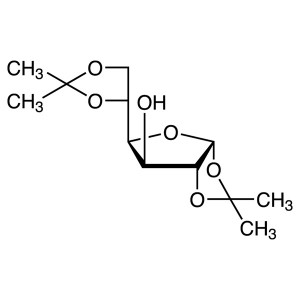
Diacetone-D-Glucose CAS 582-52-5 Assay >99.0% (...
-
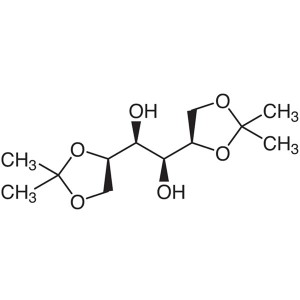
Diacetone-D-Mannitol CAS 1707-77-3 Assay >98.0%...
-
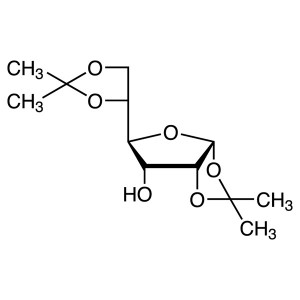
Diacetone-D-Allofuranose CAS 2595-05-3 Assay >9...
-
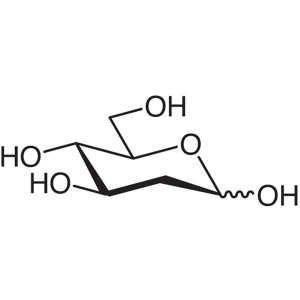
2-Deoxy-D-Glucose CAS 154-17-6 Assay >98.5% (HP...
-
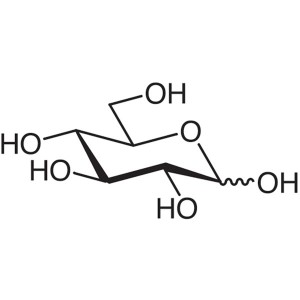
D-(+)-Glucose Anhydrous CAS 50-99-7 Assay ≥99.5...
-
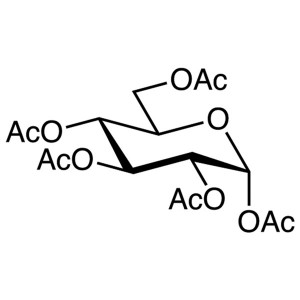
α-D-Glucose Pentaacetate CAS 604-68-2 Assay >98...
-
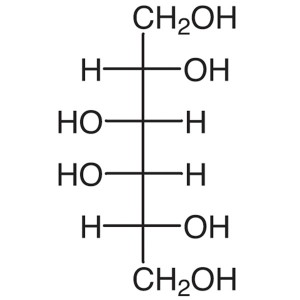
Dulcitol (Galactitol) CAS 608-66-2 Assay ≥99.5%...
-
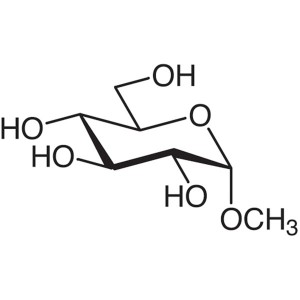
Methyl α-D-Glucopyranoside CAS 97-30-3 Assay >9...
-
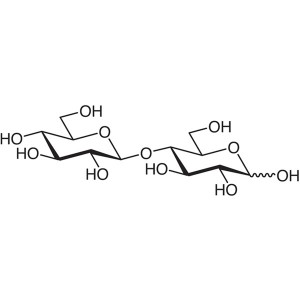
D-(+)-Cellobiose CAS 528-50-7 Assay >98.0% (HPLC)
-
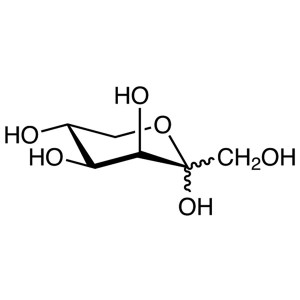
D-Tagatose CAS 87-81-0 Assay >99.0% (HPLC) Factory
-
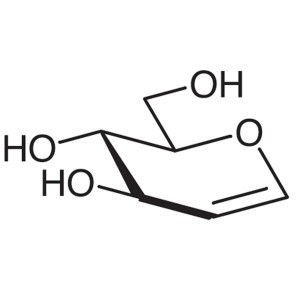
D-Glucal CAS 13265-84-4 Assay >96.0% (HPLC) Fac...
-
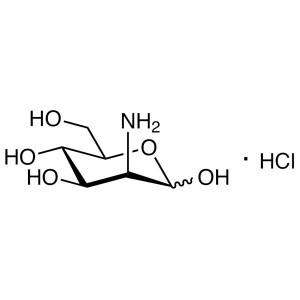
D-Mannosamine Hydrochloride CAS 5505-63-5 Assay...
-
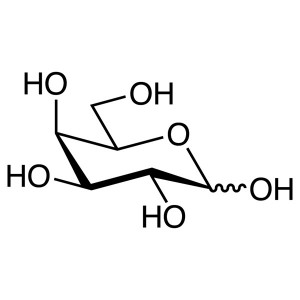
D-(+)-Galactose Anhydrous CAS 59-23-4 Assay >98...
-
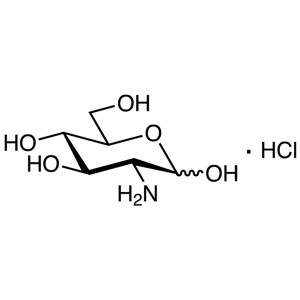
D-(+)-Glucosamine Hydrochloride CAS 66-84-2 Ass...
-
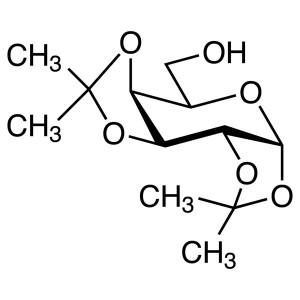
Diacetone-D-Galactose CAS 4064-06-6 Assay >97.0...

